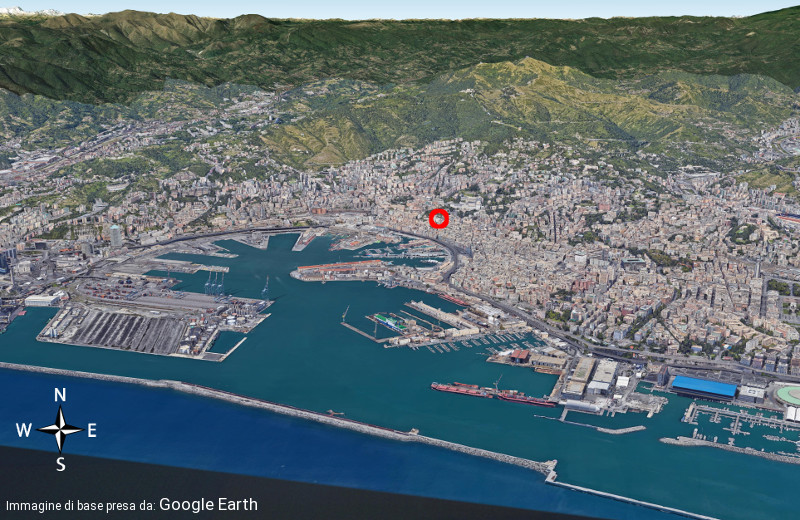

In the historic city center of Genoa, one of the oldest and longest-running meteorological observatories in the world has been in operation since 1833. These ancient sentinels of the climate are of fundamental importance, especially in this period of great climate change, as they allow us to estimate in a more objective and scientific way the true extent of any climate variations through the analysis of a long historical series of data.
The importance of the Historical Observatory of the University of Genoa and its nearly two-hundred-year historical data set has also recently been recognized by the World Meteorological Organization (WMO), which included it on the restricted list of “Centennial Observing Stations”.
The data collection instrumentation has always remained on the terrace of the NW tower of the Palazzo Universitario at Via Balbi n° 5, in the city centre of Genoa. The rainfall and temperature measurements carried out at the Meteorological Observatory of the University of Genoa represent one of the most reliable and complete thermo - pluviometric series over 100 years old in Italy, since, as indicated by Cortemiglia (1997), they do not show heterogeneity or anomalies in the data trends, as also indicated by the cumulative average rainfalls perfectly distributed according to a straight line (Cortemiglia, 1997). The Observatory also offers similar series over a hundred years old for humidity, pressure and wind.
In 1993, shortly before the end of the presence of a dedicated human observer, a Siap SM3820 automatic weather station was installed complete with "smart" sensors for the detection of basic parameters (barometric pressure, air temperature and humidity, wind speed and direction, solar radiation and precipitation. The location of the equipment, which coincides with the position of the historic Meteorological Observatory of Genoa, in operation since 1833 and whose records are stored with the observational data of the recording hours, the averages, maximum and minimum of the various parameters, has made it possible to compare the direct observations with the data provided automatically by the new system and digitally stored.
To ensure the consistency and quality of the acquired data, in 2015 the system was strengthened and renewed with the installation of a DA9000 Datalogger from the Siap-Micros company, and in 2021 almost all sensors were renewed and data storage was switched to a "PostgreSQL" database.